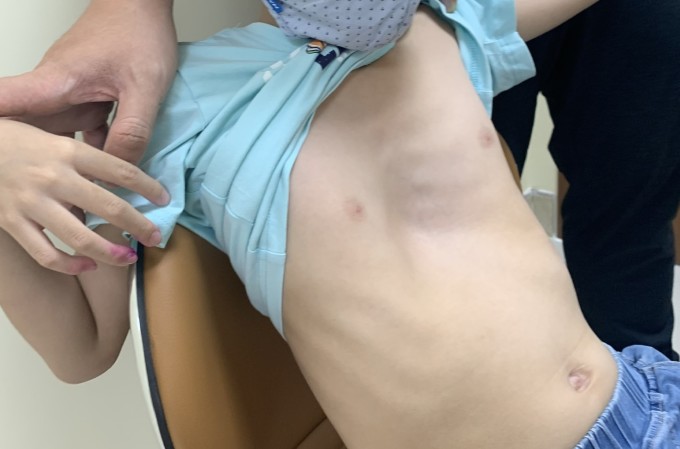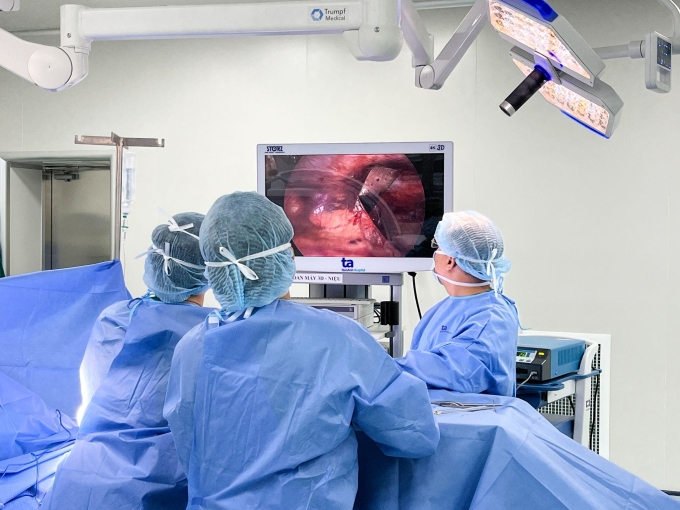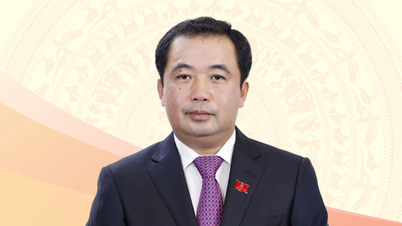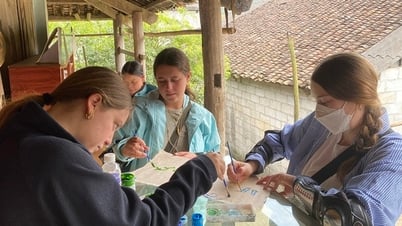My 8-year-old son has had a sunken chest since birth. Does he need breast augmentation surgery and what method? (Ngoc An, Lam Dong )
Reply:
Pectus excavatum (excavation of the sternum) is a common congenital musculoskeletal disorder in children. This is an abnormal development of the rib cage that causes the chest to be sunken, sometimes severely deformed. Pectus excavatum accounts for 90% of congenital chest wall abnormalities and is usually diagnosed in the first year of life. The disease occurs 3-5 times more often in males than in females.
For children with mild pectus excavatum, the doctor will instruct the child on exercises to help improve posture and chest shape. Meanwhile, children with pectus excavatum with moderate to severe signs and symptoms need surgery. Specifically, surgery for pectus excavatum is performed when the child's condition meets two or more of the following criteria: PSI score (pectus excavatum index) above 3.25; the child has complications related to the heart (such as compression or displacement of the heart, mitral valve prolapse, heart murmur, arrhythmia, etc.); the child has lung problems that cause difficulty breathing, affecting daily activities; exercises to improve pectus excavatum are not effective; the abnormal chest shape causes the child to limit contact, even become depressed.

A child with congenital pectus excavatum is examined at Tam Anh Hospital in Ho Chi Minh City. Photo: Ha Vu
However, not all cases can undergo surgery for pectus excavatum. Surgery is contraindicated in children with one or more serious heart problems (unrelated to chest deformity), mental retardation (neurological), many complicated health problems after birth, and weakened immune systems.
The most appropriate time for surgery for pectus excavatum is between the ages of 6 and 19. Surgery performed before the age of 6 (the child's bones are still too soft) or after the age of 19 (the skeleton is already hard) is difficult to perform and carries many potential risks.
Your 8-year-old child has had a sunken chest since birth. In addition to the sunken chest, does your child have symptoms such as difficulty breathing, shortness of breath when exerting, poor endurance, chest pain...? Your child should have breast augmentation surgery to restore normal breast shape, so that the child can be confident and not feel self-conscious when growing up.
You need to take your child to see a doctor soon. The doctor will determine the degree of chest depression and order tests to decide whether or not your child can have breast augmentation surgery. After surgery, your child needs 4-8 weeks to recover. Your child should have surgery during the summer vacation because there will be enough time to rest after surgery.
Currently, there are two surgical methods to treat pectus excavatum: open surgery (Ravitch) or endoscopic surgery (Nuss). Although both are equally effective, Ravitch has the disadvantage of leaving large scars, affecting the child's psychology.

Doctors at Tam Anh General Hospital in Ho Chi Minh City perform breast augmentation surgery for children using the Nuss method with endoscopic assistance. Photo: Ha Vu
At Tam Anh General Hospital, doctors prioritize the Nuss method with thoracoscopy to support the treatment of pectus excavatum in children. This is a minimally invasive method with two very small incisions on both sides of the chest. A small camera is placed in the chest, allowing clear observation of the inside of the chest. Then, a breast lift is inserted and placed under the sternum to lift the sternum, helping the bone to develop properly. After about 18 months to 4 years, when the sternum is stable, the doctor proceeds to remove the lift.
Compared to the Ravitch method, which requires cutting the sternum and rib cartilages, Nuss laparoscopic surgery has many advantages such as: limiting bleeding during surgery, reducing post-operative pain, and ensuring aesthetics for the patient.
In addition, the doctor also applies personalized anesthesia techniques combined with erector spinae plane (ESP) block. This method is more effective than conventional intravenous pain relief. Most children do not need morphine for pain relief after surgery, avoiding the consequences of drug addiction and increased pain sensitivity later on... Thanks to that, children recover quickly and are discharged after 3-5 days.
Dr. Nguyen Do Trong, Cardiologist - Pediatric Surgeon
Department of Cardiovascular and Thoracic Surgery, Tam Anh General Hospital, Ho Chi Minh City
Source link




































































































Comment (0)